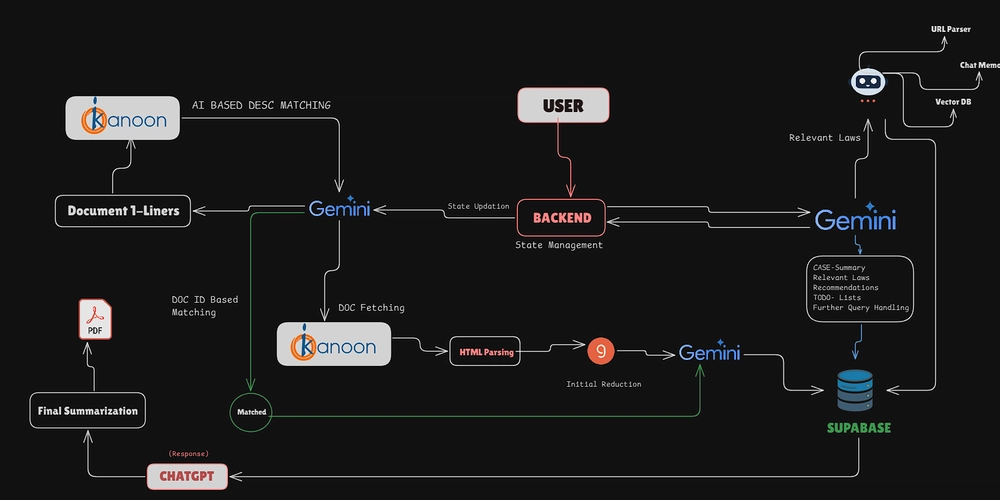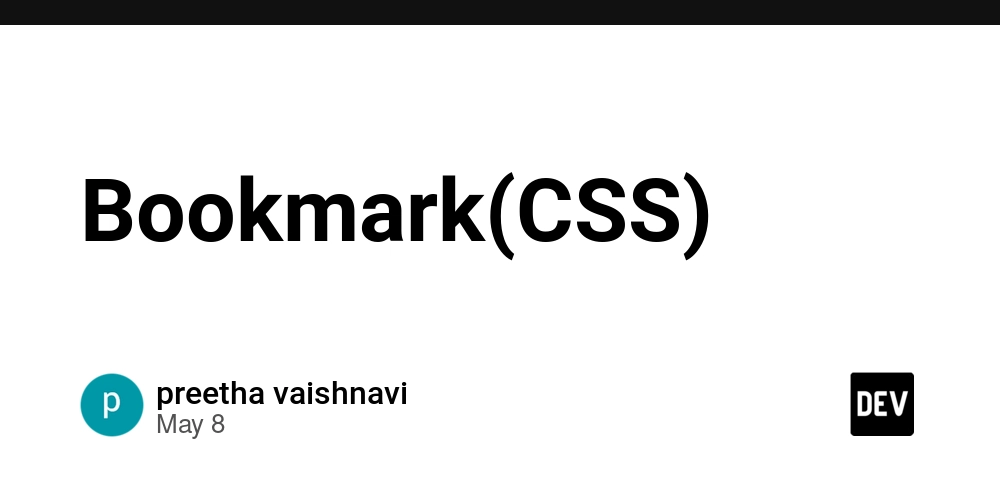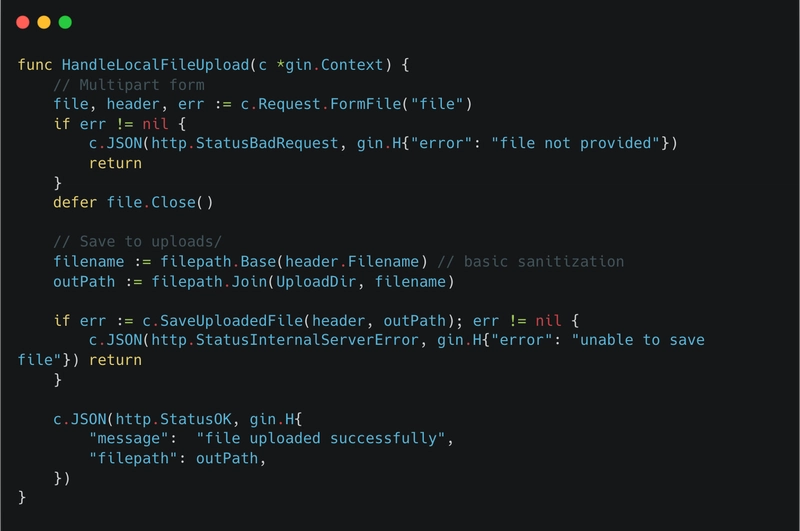In today’s world of digital applications and real-time insights, raw data is everywhere—user interactions, third-party APIs, internal systems, logs, surveys—you name it. But raw data isn’t very useful on its own. To make that data meaningful, actionable, and ready for use (by humans or AI), we need data pipelines. Whether you're building an analytics dashboard, powering a chatbot, or just making sure your backend can handle user inputs and external data smoothly, data pipelines are the behind-the-scenes workhorses that make it happen. Let’s break down exactly what a pipeline is, why it’s useful, and how you can write one correctly—with a real-life example from a legal-tech app built in Next.js.

In today’s world of digital applications and real-time insights, raw data is everywhere—user interactions, third-party APIs, internal systems, logs, surveys—you name it. But raw data isn’t very useful on its own.
To make that data meaningful, actionable, and ready for use (by humans or AI), we need data pipelines.
Whether you're building an analytics dashboard, powering a chatbot, or just making sure your backend can handle user inputs and external data smoothly, data pipelines are the behind-the-scenes workhorses that make it happen.
Let’s break down exactly what a pipeline is, why it’s useful, and how you can write one correctly—with a real-life example from a legal-tech app built in Next.js.








































































































































































![[The AI Show Episode 146]: Rise of “AI-First” Companies, AI Job Disruption, GPT-4o Update Gets Rolled Back, How Big Consulting Firms Use AI, and Meta AI App](https://www.marketingaiinstitute.com/hubfs/ep%20146%20cover.png)


























































































































![[DEALS] The Premium Python Programming PCEP Certification Prep Bundle (67% off) & Other Deals Up To 98% Off – Offers End Soon!](https://www.javacodegeeks.com/wp-content/uploads/2012/12/jcg-logo.jpg)














































































































-Mafia-The-Old-Country---The-Initiation-Trailer-00-00-54.png?width=1920&height=1920&fit=bounds&quality=70&format=jpg&auto=webp#)
-Nintendo-Switch-2---Reveal-Trailer-00-01-52.png?width=1920&height=1920&fit=bounds&quality=70&format=jpg&auto=webp#)























_Sergey_Tarasov_Alamy.jpg?width=1280&auto=webp&quality=80&disable=upscale#)





























































































![Instacart’s new Fizz alcohol delivery app is aimed at Gen Z [U]](https://i0.wp.com/9to5mac.com/wp-content/uploads/sites/6/2025/05/Instacarts-new-Fizz-alcohol-delivery-app-is-aimed-at-Gen-Z.jpg?resize=1200%2C628&quality=82&strip=all&ssl=1)




















![Beats Studio Pro Wireless Headphones Now Just $169.95 - Save 51%! [Deal]](https://www.iclarified.com/images/news/97258/97258/97258-640.jpg)































































































